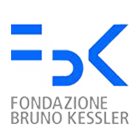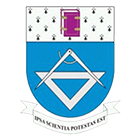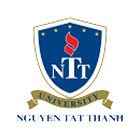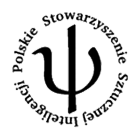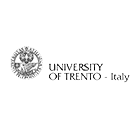Andrew Markham is an Associate Professor at the University of Oxford, working in the area of embedded sensors and systems. He received his BSc and PhD degrees from the University of Cape Town, South Africa, before joining the Sensor Networks Group in Oxford as a postdoctoral researcher. He works in a number of different areas including sensor networks for wildlife tracking, indoor positioning and structural health monitoring. More recently, he has been working in magneto-inductive positioning and communication, which has applications in challenging applications such as underground localization and keeping workers safe in GPS-denied environments.
Title: Smart Sensors for Smarter Structures
When large concrete structures such as bridges, dams and buildings fail, the consequences can be enormous, from loss of life to expensive rebuild programmes. As such, there is a clear need for continual deformation monitoring of these structures to detect failure modes early. Fibre-optic gauge sensors remain the gold standard for measuring strain in structures, with incredible accuracy. However, they suffer from two main weaknesses: they typically measure strain uniaxially, and fundamentally, they are wired into the structure, providing a point for water ingress. Networks of wireless sensors have been proposed as an alternative to collect strain information from multiple locations, but these effectively measure the strain on the surface of the structure. In this talk, I will discuss radical new approaches to measuring strain and deformation from deep within the structure and its surrounding groundwork, in 3-D. The key vision is the ability to provide information that can be tied into a finite element model of structural deformation, closing the feedback loop.
Dr. Fahim Kawsar , Director, Internet of Things Research, Bell Labs
Is driving the User Centered IoT system and application research efforts of Bell Labs with a particular focus on creating User Behaviour Models from Differential Network Traces (Device, Residential, Mobile, Travel, etc.) and then applying those models to design novel user experiences in three areas: Enterprise, Urban City, and Lifestyle. Fahim's work has been published widely (80+ papers, and 15+patents) in international books and journals, presented at conferences across the world and has had projects commissioned. He has served or is currently serving as a General Chair, Program Chair or Program Committee Member in many conferences including the most prestigious ones in his field (e.g., UbiComp, MobiQuitous, IoT, INSS, etc.). Fahim has a Ph.D. in Computer Science from Waseda University, Japan, and has worked before at Nokia Research, and Lancaster University.
Title: Network Driven Behaviour Modelling for Designing User Centred IoT Services.
Abstract:
We are observing a monumental effort from the industry and academia to make everything connected. Naturally, to understand the needs of these connected things, we need a better understanding of humans and where, when, and how they interact. This understanding would help us to create digital services and capabilities that fundamentally change the way we experience our lives. In this talk, I will explore how wireless network can be used as a platform to learn and infer human behaviour and to design user-centred IoT services. I will zoom into Bell Lab’s network sensing approach that transforms quantified noise into social signal to extract rich and valuable contextual knowledge about personal and community behaviour by discussing a number of case studies in three areas: Enterprise, Urban City and Lifestyle.










